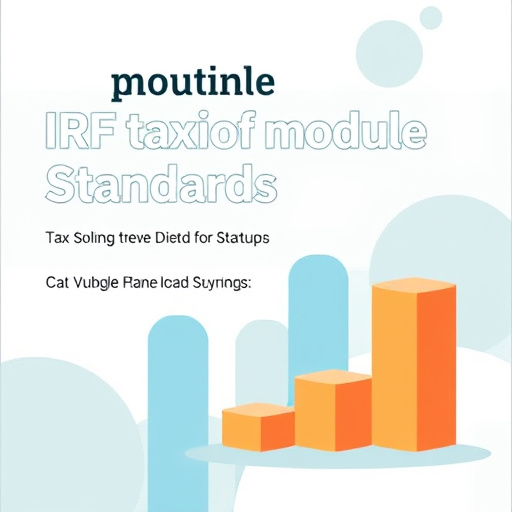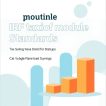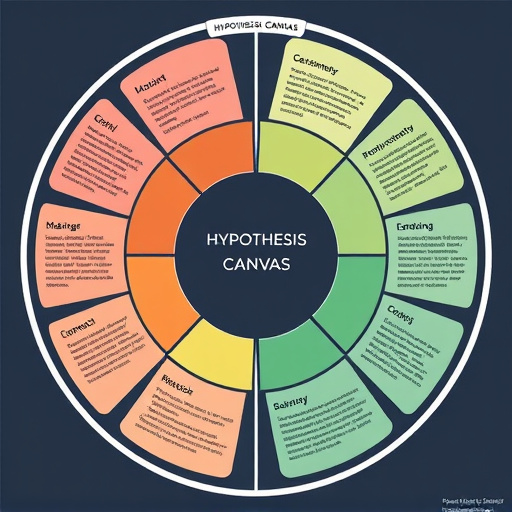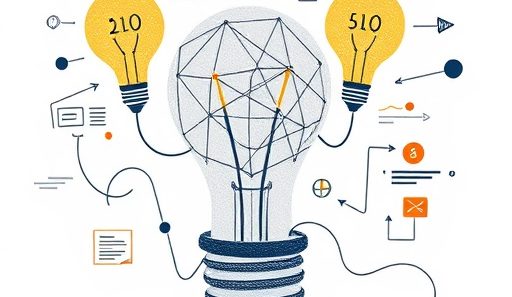A value proposition represents the fundamental promise of value that a business makes to its customers. It serves as the central reason why a specific customer segment should choose one solution over competing alternatives in the marketplace. Rather than being merely a list of features or services, a genuine value proposition clearly articulates how a particular offering solves customer problems, delivers specific benefits, or creates meaningful improvements in their situation. This concept forms the strategic foundation upon which successful businesses build their products, services, and customer relationships.
Every effective value proposition contains several essential elements that work together to create a compelling message. It must clearly identify the target customer segment and demonstrate deep understanding of their specific needs, challenges, and aspirations. The proposition should articulate the unique benefits and outcomes the solution provides, explaining precisely how it addresses customer pain points or creates gains. Additionally, it must differentiate itself from existing alternatives by highlighting what makes the solution distinctive and superior in meeting customer needs.
What Does It Include? (The “Elements of Value”)
A strong Value Proposition is not just a single feature. Alexander Osterwalder, the creator of the BMC, breaks it down into a “Value Proposition Canvas” that feeds into this block. It can be a mix of the following:
| Category | Examples |
|---|---|
| Newness | Creating a completely new market or satisfying a need that couldn’t be satisfied before (e.g., the first smartphone). |
| Performance | Improving product or service performance (e.g., a faster processor, a more efficient battery). |
| Customization | Tailoring products or services to the specific needs of individual customers or segments (e.g., Nike ID for custom shoes). |
| “Getting the Job Done” | Helping a customer perform a specific task or “job” more effectively, conveniently, or affordably (e.g., Uber’s job is “get me from A to B reliably”). |
| Design | Offering superior design, aesthetics, or user experience (e.g., Apple products, Dyson vacuums). |
| Brand/Status | Allowing customers to express their identity or affiliation with a brand (e.g., Rolex, Tesla). |
| Price | Offering similar value at a lower price to price-sensitive customers (e.g., Walmart, Ryanair). |
| Cost Reduction | Helping customers reduce their costs (e.g., Salesforce automating sales teams to reduce administrative costs). |
| Risk Reduction | Reducing the risks customers face when purchasing a product or service (e.g., a warranty, a money-back guarantee). |
| Accessibility | Making products/services available to customers who previously lacked access (e.g., micro-loans from FinTech companies). |
| Convenience/Usability | Making something easier to use or more convenient (e.g., Netflix making video rental effortless). |
Hypothesis
To test our value proposition, we transform it from a static statement into a series of testable hypotheses. The generic format follows this structure: “We believe that [target customers] will value [specific solution] because it addresses [core needs] better than [existing alternatives] through [unique approach].” This hypothesis then branches into three key testing areas that must be systematically validated.
The first validation phase examines whether we’re solving a real problem for real customers. We must test if the problem we assume exists is actually felt by customers, if it’s significant enough that they seek solutions, and if our proposed solution genuinely addresses this problem. This involves direct customer engagement through interviews, observations, and problem validation surveys to confirm that the pain point is both real and meaningful to the target segment.
Testing Value Delivery and Perception
The second phase validates whether customers perceive and receive the value we intend to deliver. This tests if customers recognize the benefits we’re providing, if they consider these benefits valuable enough to switch from current solutions, and if the value delivered matches what was promised. Methods include solution demonstrations, prototype testing, and value perception surveys to measure how customers actually experience and evaluate the proposed value.
The final phase examines whether the value proposition translates into sustainable business outcomes. This involves testing if customers are willing to pay for the value received, if the pricing model aligns with perceived value, and if the value can be delivered consistently at a sustainable cost. Validation occurs through pricing tests, pilot programs, and economic modeling to ensure the value proposition creates mutual benefit for both customers and the business.
Iterative Learning and Refinement
The testing process is inherently iterative, with each round of validation informing refinements to the value proposition. Failed tests provide crucial learning opportunities that help refine our understanding of customer needs and how to address them. Successful tests build confidence while still requiring ongoing validation as market conditions and customer preferences evolve. This creates a continuous cycle of learning and improvement.
A structured approach involves defining clear success metrics before testing, establishing decision gates for pivot/persevere choices, allocating dedicated resources for validation activities, and documenting learnings systematically. Teams should test the riskiest assumptions first and scale testing intensity based on initial results, ensuring efficient use of resources while maximizing learning.
Conclusion: From Assumption to Evidence
By systematically testing the value proposition, businesses transform their Business Model Canvas from a static document of assumptions into a dynamic, evidence-based strategy. This approach reduces risk, focuses resources on what truly matters to customers, and creates stronger alignment between what businesses offer and what customers actually value. The result is not just a theoretically sound business model, but one that’s been stress-tested against market reality and customer needs.









